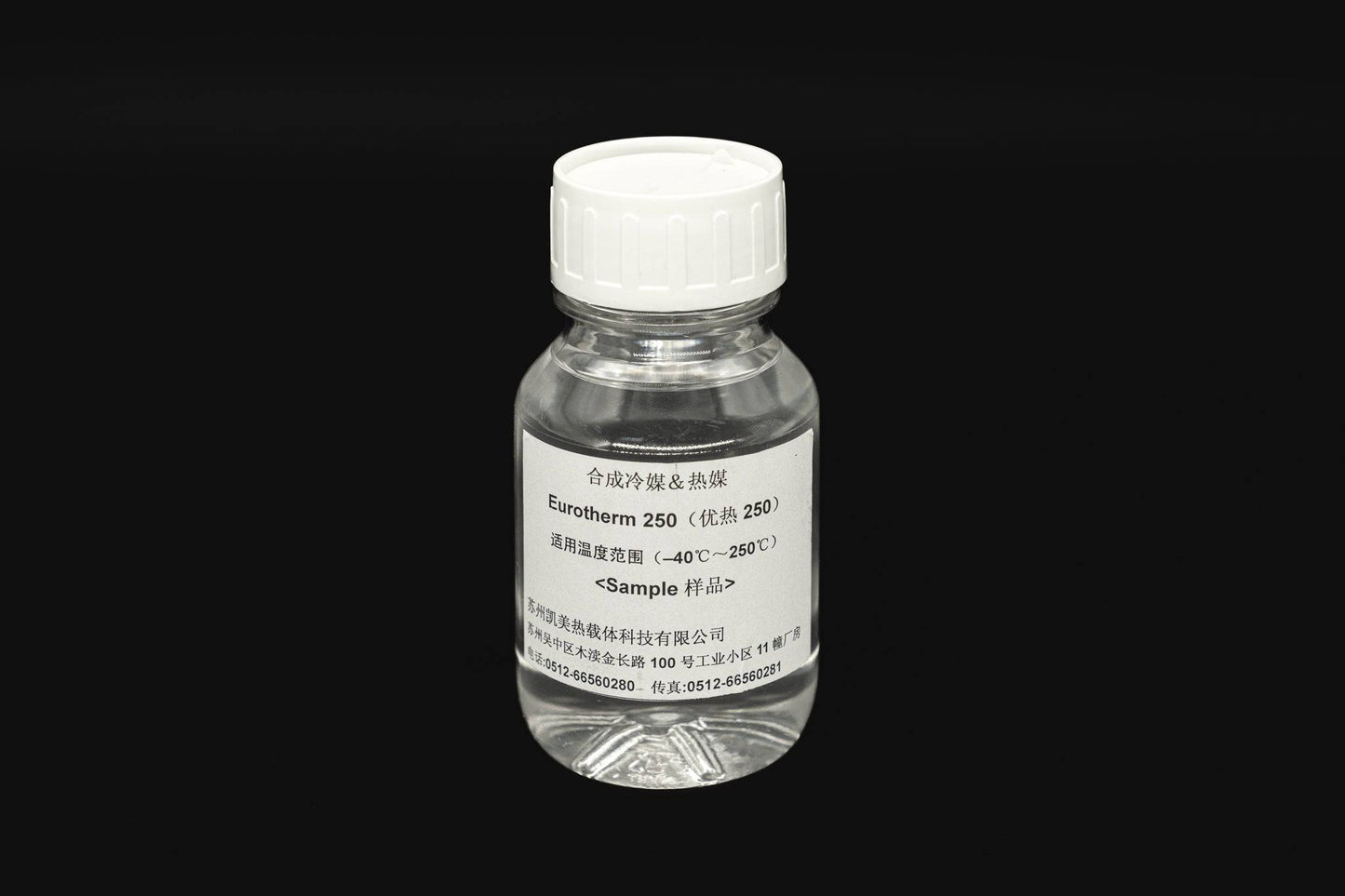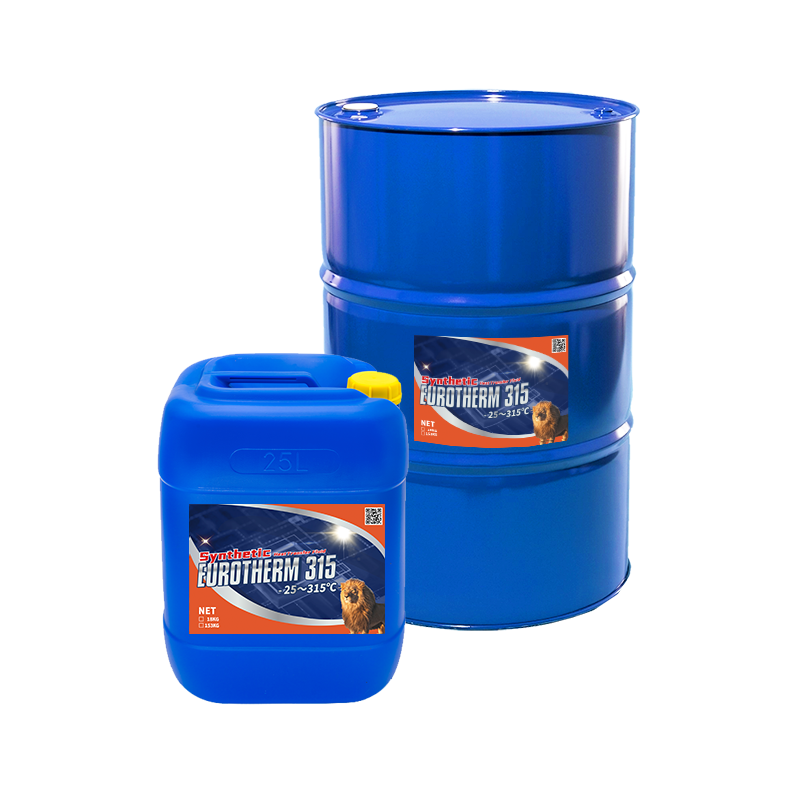How Chemie can Save You Time, Stress, and Money.
How Chemie can Save You Time, Stress, and Money.
Blog Article
What Does Chemie Mean?
Table of ContentsThe Best Strategy To Use For ChemieSome Known Incorrect Statements About Chemie The Basic Principles Of Chemie 8 Simple Techniques For ChemieThe Best Strategy To Use For ChemieThe Facts About Chemie Uncovered
(https://www.openlearning.com/u/betteanderson-spu5uc/)Calculated modification in electric conductivity of liquid examples as a feature of time when stirred with the resin sample in the closed indirect cooling loop experiment. Figure 6 shows the change in the measured electric conductivity of the fluid samples when mixed with the resin example. The conductivity of the water sample from the closed loop experiment lowered by approximately 70% from 11.77 S/cm to 3.32 S/cm in six hours.These outcomes indicated that the capacity of the material relies on the test liquid made use of for the experiment. This reveals that different ions existing in the fluid will cause different ion exchange capacity of the fluid. Determining the ion exchange material ability with the liquid sample from the actual cooling loop is crucial.
The 15-Second Trick For Chemie
An ion exchange resin cartridge having 20g of Dowex combined bed material might take on order 938 days to fill - dielectric coolant. To put it simply, to keep a reduced electrical conductivity, a material cartridge with the dimension and weight requirements as that of the material cartridge utilized in the experiment, need to be transformed every 30 months for the air conditioning system that was used in the experiment
The cooling of digital parts has actually become a major obstacle in recent times due to the innovations in the design of faster and smaller elements. The usage of a fluid coolant has come to be appealing due to the greater warmth transfer coefficient attained as contrasted to air-cooling.
Some Known Incorrect Statements About Chemie
A single stage cooling loophole consists of a pump, a warmth exchanger (cold plate/mini- or micro-channels), and a warm sink (radiator with a follower or a liquid-to-liquid heat exchanger with chilled water air conditioning). The warm resource in the electronic devices system is affixed to the heat exchanger.
The requirements may vary relying on the sort of application. Complying with is a listing of some general demands: Great thermo-physical homes (high thermal conductivity and particular warmth; low viscosity; high hidden warm of evaporation for two-phase application) Reduced freezing factor and burst factor (in some cases burst security at -40 C or reduced is required for delivery and/or storage objectives) High atmospheric boiling point (or low vapor stress at the operating temperature level) for single phase system; a narrow desired boiling point for a two-phase system Excellent chemical and thermal security for the life of the electronics system High flash point and auto-ignition temperature (sometimes non-combustibility is a demand) Non-corrosive to products of construction (metals as well as polymers and various other non-metals) No or marginal governing restrictions (environmentally friendly, harmless, and possibly biodegradable) Affordable The most effective electronic devices coolant is an economical and safe fluid with outstanding thermo-physical buildings and a lengthy solution life.
All about Chemie
Many of these liquids have a non-discernible odor and are harmless in situation of contact with skin or intake. As stated in the past, aliphatic PAO-based fluids have replaced the silicate-ester liquids in a selection of army electronic devices (and avionics) cooling applications in the last decade. An additional class of prominent coolant chemistry is dimethyl- and methyl phenyl-poly (siloxane) or commonly understood as silicone oil.
Fluorinated substances such as perfluorocarbons (i.e., FC-72, FC-77) hydrofluoroethers (HFE) and perfluorocarbon ethers (PFE) have particular distinct buildings and can be made use of in contact with the electronics [4, 8] Firstly, these fluids are non-combustible and safe. Some fluorinated substances have no ozone depleting potential and various other ecological homes.
This coolant is identified as toxic and should be managed and disposed of with care. The quality of water utilized for the prep work of a glycol option is very vital for the system.
Rumored Buzz on Chemie

This is a reduced expense antifreeze more info here solution, discovering usage in refrigeration services and ground resource warm pumps - meg glycol. This fluid can be used down to -40 C owing to its fairly high price of warm transfer in this temperature level variety.
It is taken into consideration more unsafe than ethylene glycol and subsequently has discovered usage only for process applications located outdoors. Additionally, methanol is a flammable fluid and, because of this, introduces a potential fire danger where it is saved, took care of, or utilized. This is a liquid service of denatured grain alcohol. Its major benefit is that it is safe.
Top Guidelines Of Chemie
As a flammable liquid, it calls for specific preventative measures for taking care of and storage. Aqueous services of calcium chloride discover large usage as distributing coolants in food plants. It is non-flammable, safe and thermally extra efficient than the glycol solutions. A 29% (by wt.) calcium chloride service has a freezing factor listed below -40 C.

Report this page